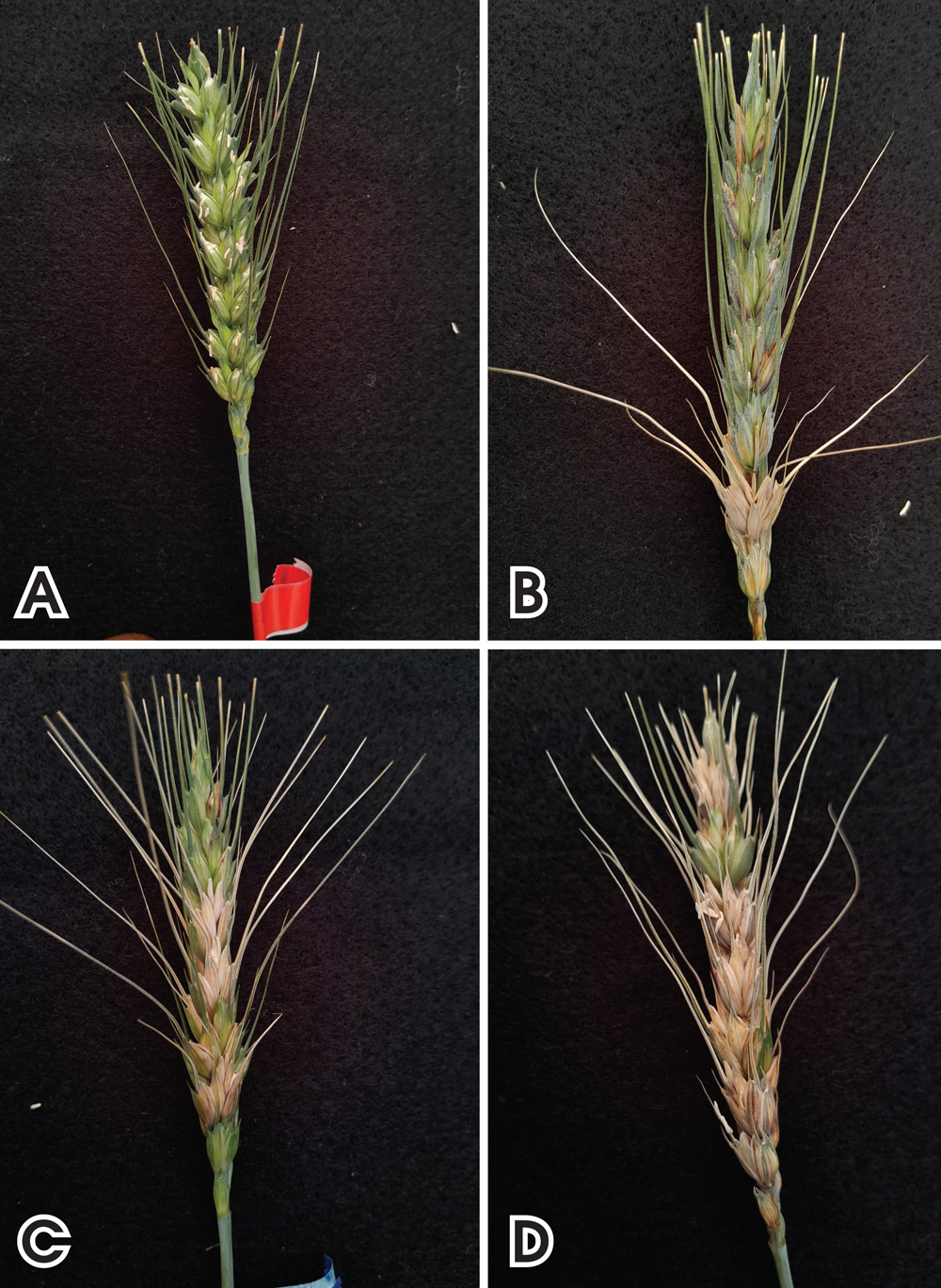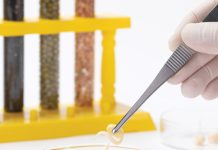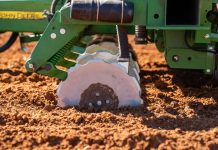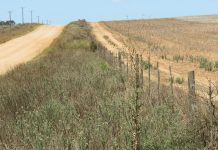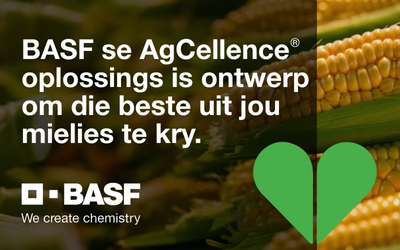
Diana Mngomezulu, Department Plant Sciences, Plant Breeding, University of the Free State

Dr Lisa Rothmann, Department Plant Sciences, Plant Pathology, University of the Free State

Prof Adre Minnaar-Ontong, Plant Sciences, Plant Breeding, University of the Free State

Dr Chrisna Steyn, Plant Breeding, University of the Free State
Fusarium head blight (FHB), caused by Fusarium graminearum, threatens wheat production globally and locally. Beyond yield loss, this disease compromises grain safety by accumulating harmful mycotoxins, toxic substances produced by some fungi, posing a dual threat to profitability and food security.
Mycotoxins produced by Fusarium graminearum can enhance the pathogen’s ability to cause disease (pathogenicity) and to overcome the plants defence mechanisms. Unlike maize, where the kernels (grain) are enclosed in one ear, wheat has spikelets enclosing each grain. This makes it challenging for the disease to spread from one spikelet to the next, as the glumes in each spikelet act as a protective layer from the FHB pathogen. Therefore, FHB-causing species with higher mycotoxin concentrations – consequently greater pathogenicity – are likely to accelerate disease development. Mycotoxins break down the plant material faster, allowing the pathogen to enter the rachis (part of the spike) keeping the spikelets together.
Results of research
Research indicates that the impact of mycotoxins is highly dependent on both the type and concentration produced. In South African wheat, F. graminearum mainly produces deoxynivalenol (DON) and nivalenol (NIV), both from the trichothecene class of toxins. Additionally, DON comes in two different forms, that is 15-acetydeoxynivalenol (15-ADON) and 3 acetyldeoxynivalenol (3-ADON), each with slightly different effects on disease severity. The environment plays a big role in which of these are produced and how aggressive the pathogen is. This means some fungal isolates of F. graminearum can cause worse disease than others, making it harder to manage FHB.
Current research
Current research at the Department of Plant Sciences (Plant Breeding) at the University of the Free State (UFS) is aimed at investigating the need to incorporate mycotoxin resistance into the South African wheat lines, developed for resistance to initial infection (type 1 resistance to FHB) and spread (type 2 resistance to FHB) of the FHB disease. To understand the problem better, wheat samples were collected from eight irrigated regions across South Africa.
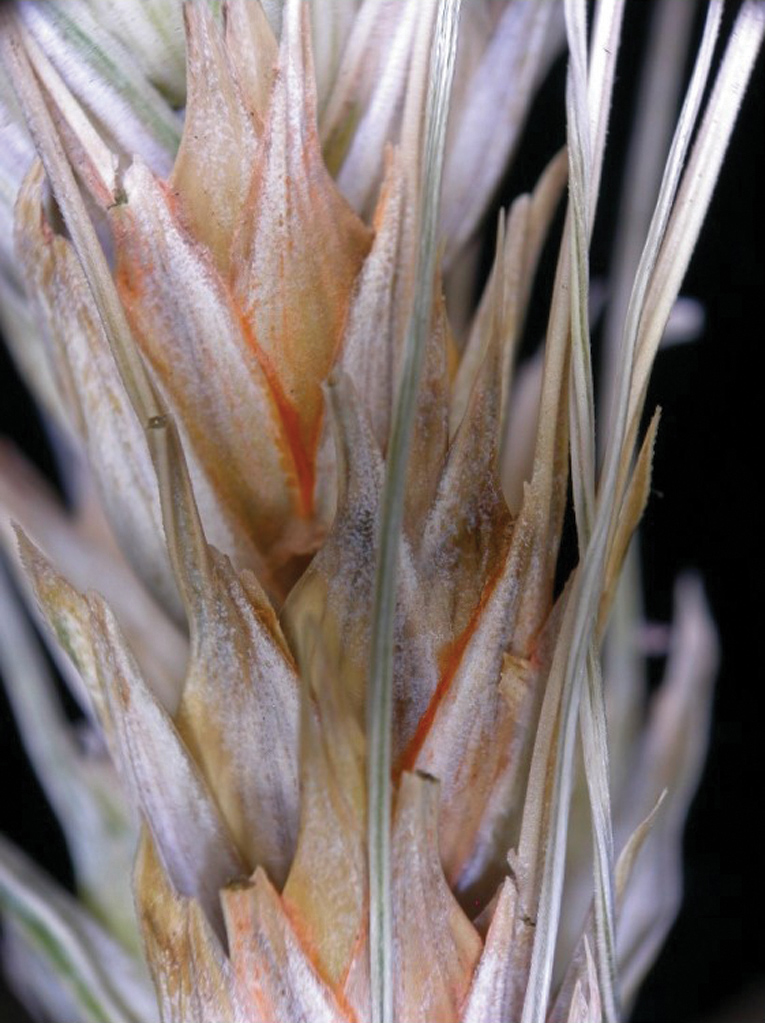
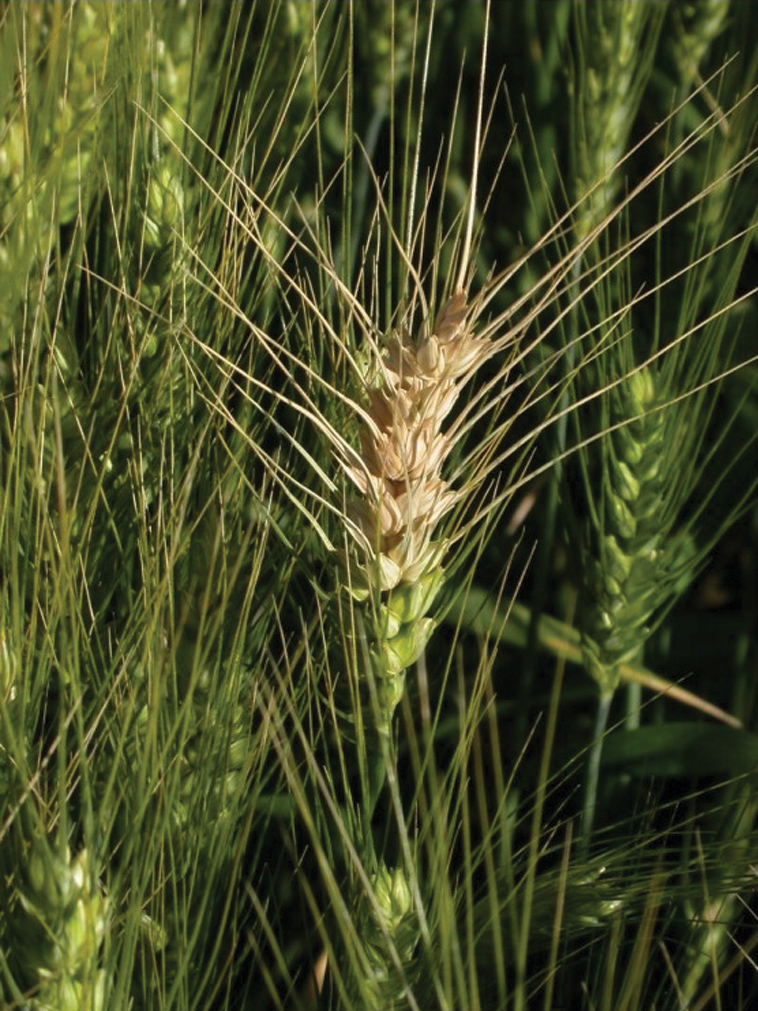
Fifty fungal samples were studied based on how they looked when grown on artificial media, focusing on colony colour, spore shape, and how the spores formed. Researchers also looked at the DNA to confirm what species they were dealing with, giving each one a genetic fingerprint to confirm their identify. Colony colour and conidia characteristics indicate what species the isolate could be; however, different species can look very similar and this can introduce bias. To overcome this error, molecular markers confirm the conclusions about physical appearance – these tools helped researchers confirm the Fusarium species and mycotoxin genotype gene clusters. Ten wheat cultivars/lines with various resistance gene profiles were evaluated in greenhouse inoculation trials, where specific 3-ADON and 15-ADON isolates were placed on cultivars to evaluate their performance.
All isolates in the study were identified as F. graminearum; this is important as there are other head blight pathogens (such as F. culmorum) which can cause FHB. Warmer areas (such as Prieska and Douglas) had more 15-ADON producers with higher toxin levels. In comparison, cooler regions (such as Bethlehem and Greytown) had more 3-ADON producers. Wheat lines with the major resistance gene and QTL (especially Fhb1 and Qfhs.ifa-5Ac) had lower disease severity and toxin accumulation. Krokodil, a South African cultivar, is used as a donor parent as it has the qualities to produce desired high yields. High yield is the main goal in a breeding project, where yield refers to the biomass and the expected traits in the crop for end-use.
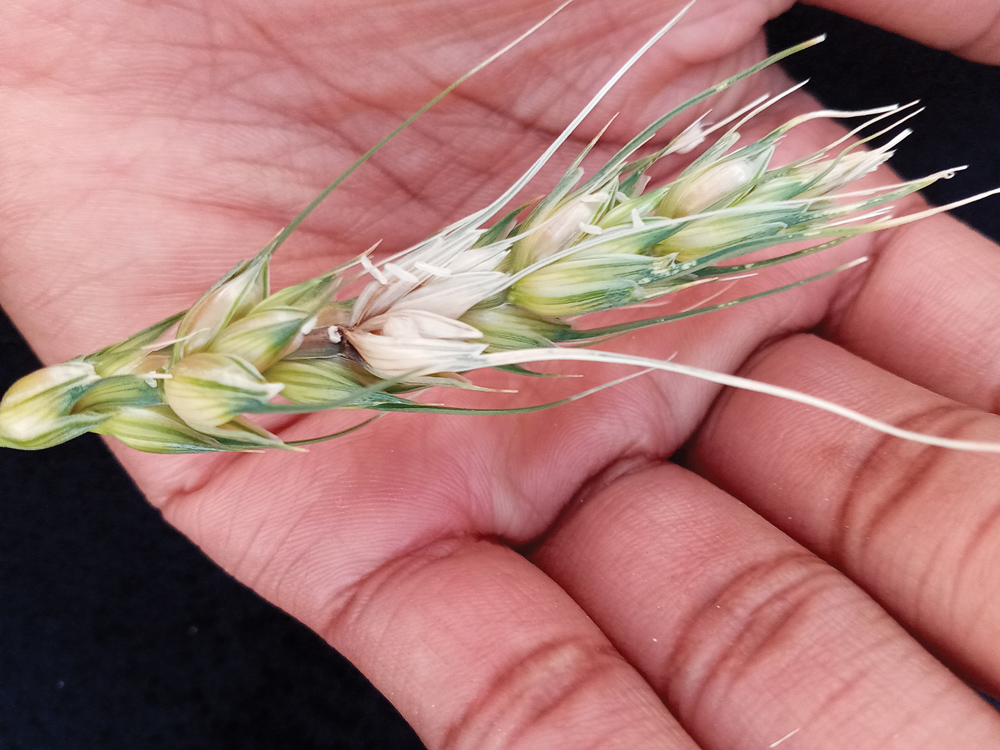
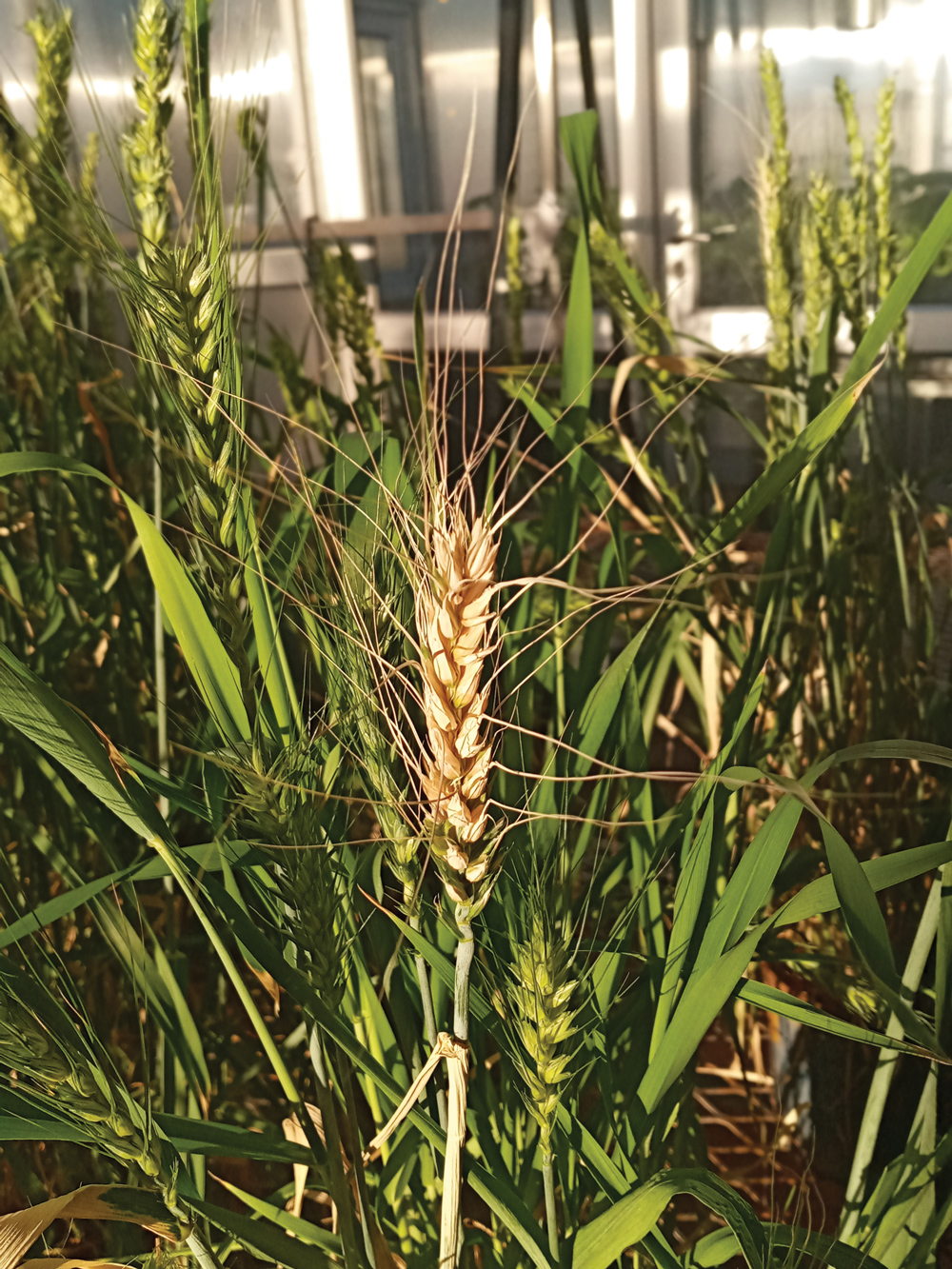
Resistance
As of yet, no South African cultivar has any form of tolerance to FHB disease. Cultivars like CM82036, a foreign wheat cultivar withresistance to FHB, holds the solution, but do not perform well in the South African climate, which currently rules out importing seed. The Fhb1 resistance gene appears to be particularly effective and could be prioritised in cultivar development. Although it is still not fully understood how this cultivar shows tolerance, and it does not have complete resistance to FHB, it is the best gene currently available. This emphasises the complexity of FHB disease and the urgency of equipping plants with some resistance by studying genetics.
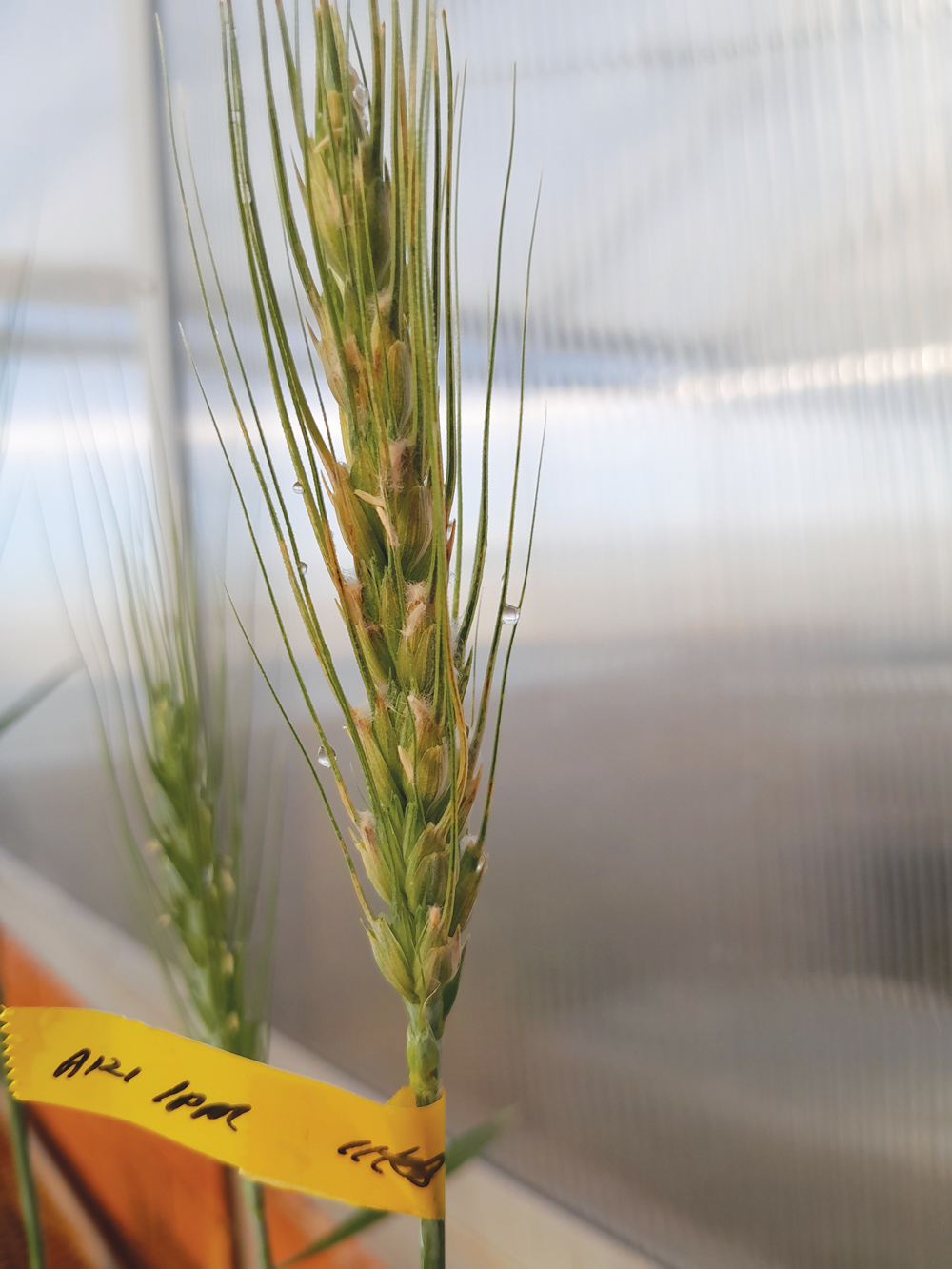
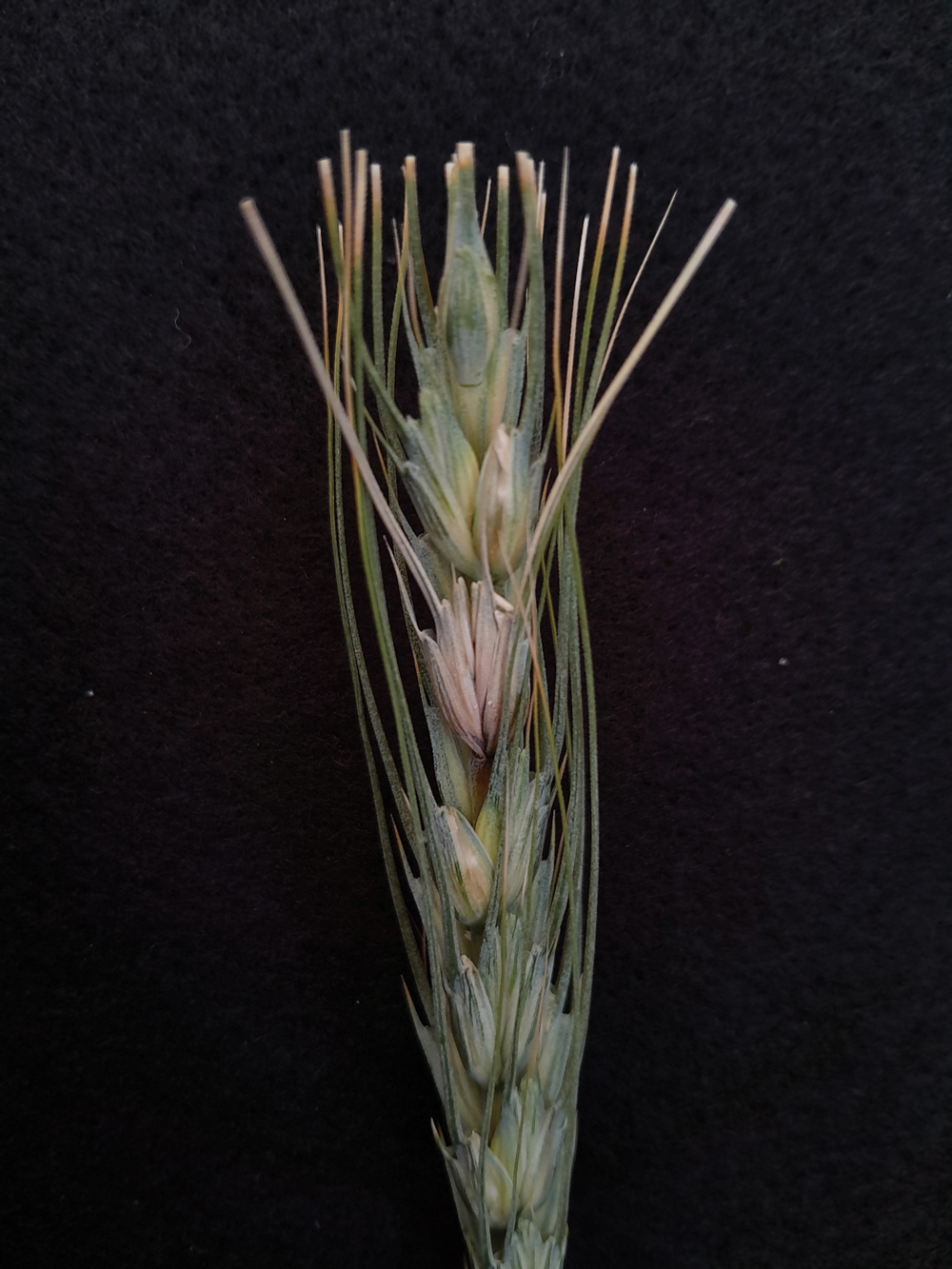
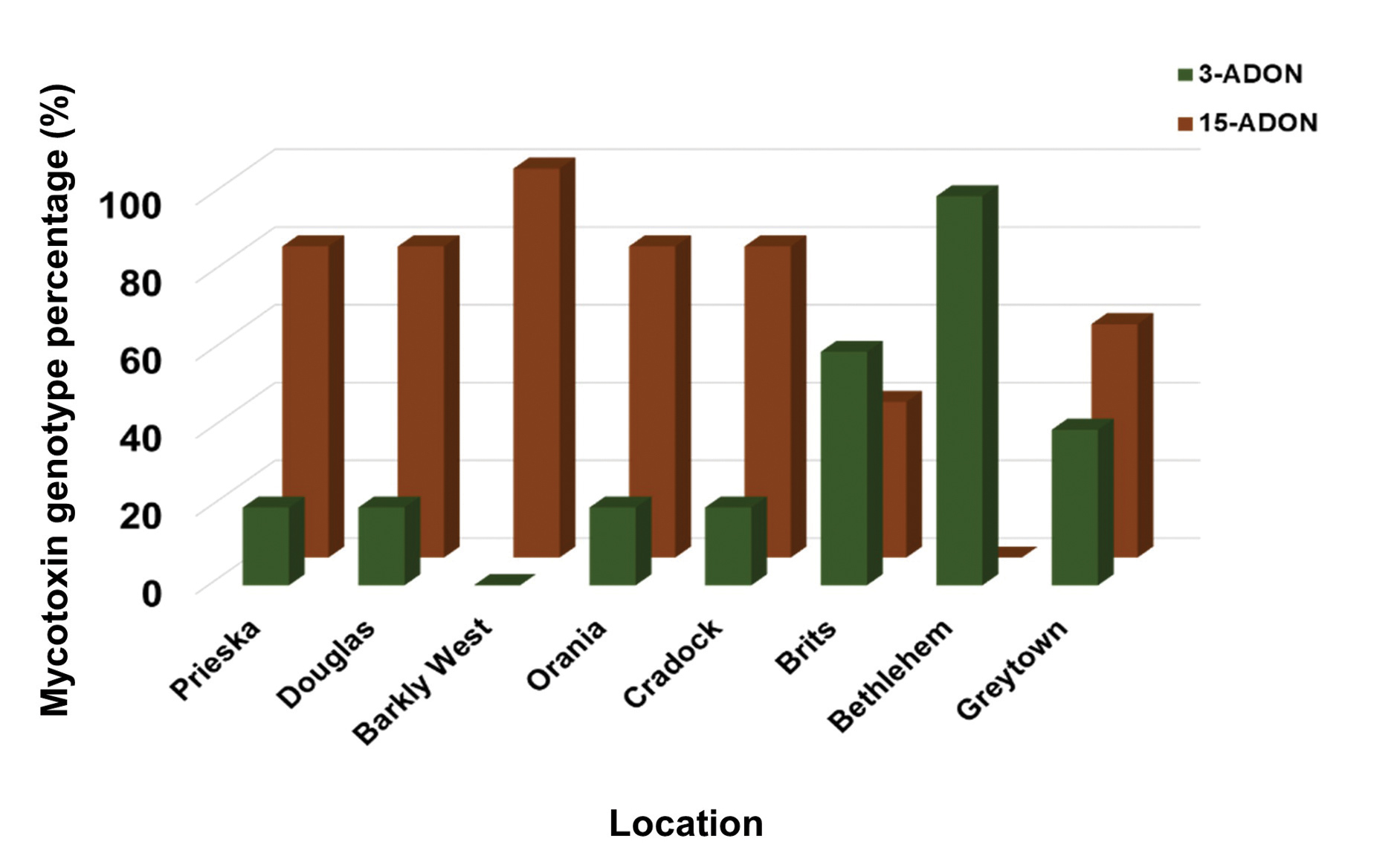
Understanding the distribution of mycotoxin types
Understanding the distribution of mycotoxin types can guide region-specific resistance strategies, as knowing the type of enemy that is in the field allows one to predict the next steps one needs to take. For example, 3-ADON is not as aggressive as 15-ADON, resulting in less disease severity in some instances where 3-ADON is produced. Additionally, 3-ADON poses a greater risk than 15-ADON in cooler regions (15 °C to 25 °C) because it is produced in larger quantities, leading to higher toxin accumulation.
Other FHB-causing species, such as F. culmorum, also dominate in cooler regions. This is why the environment has a significant impact on FHB disease. The initial infection and the mycotoxin produced are linked to the weather conditions. One climate promotes the success of one Fusarium species; the type of species will then dictate the mycotoxins, as not all species produce the same mycotoxins. While FHB remains a complex disease, the study underscores the value of integrating resistance genes to limit disease severity and mycotoxin risk. That is why it should be determined whether it’s necessary to add genes for mycotoxin tolerance, or if strengthening type 1 and type 2 resistance is enough to manage both infection and toxin levels. This would strengthen breeding programmes by ensuring that time and resources aren’t spent on strategies that may later prove impractical or too costly.
Conclusion
To reach a more meaningful conclusion in this preliminary study, researchers are expanding the number of fungal isolates examined to get a broader picture of the Fusarium types causing FHB in South Africa’s irrigated regions. The types and concentrations of mycotoxins produced are also investigated, and how wheat toxin levels vary in greenhouse trials depending on the isolate and DON derivative involved.
Acknowledgements
The research was funded by the South African Cultivar and Technology Agency (SACTA) as a study bursary and the NRF SARChI Chair for disease resistance and crop quality hosted at the UFS.
